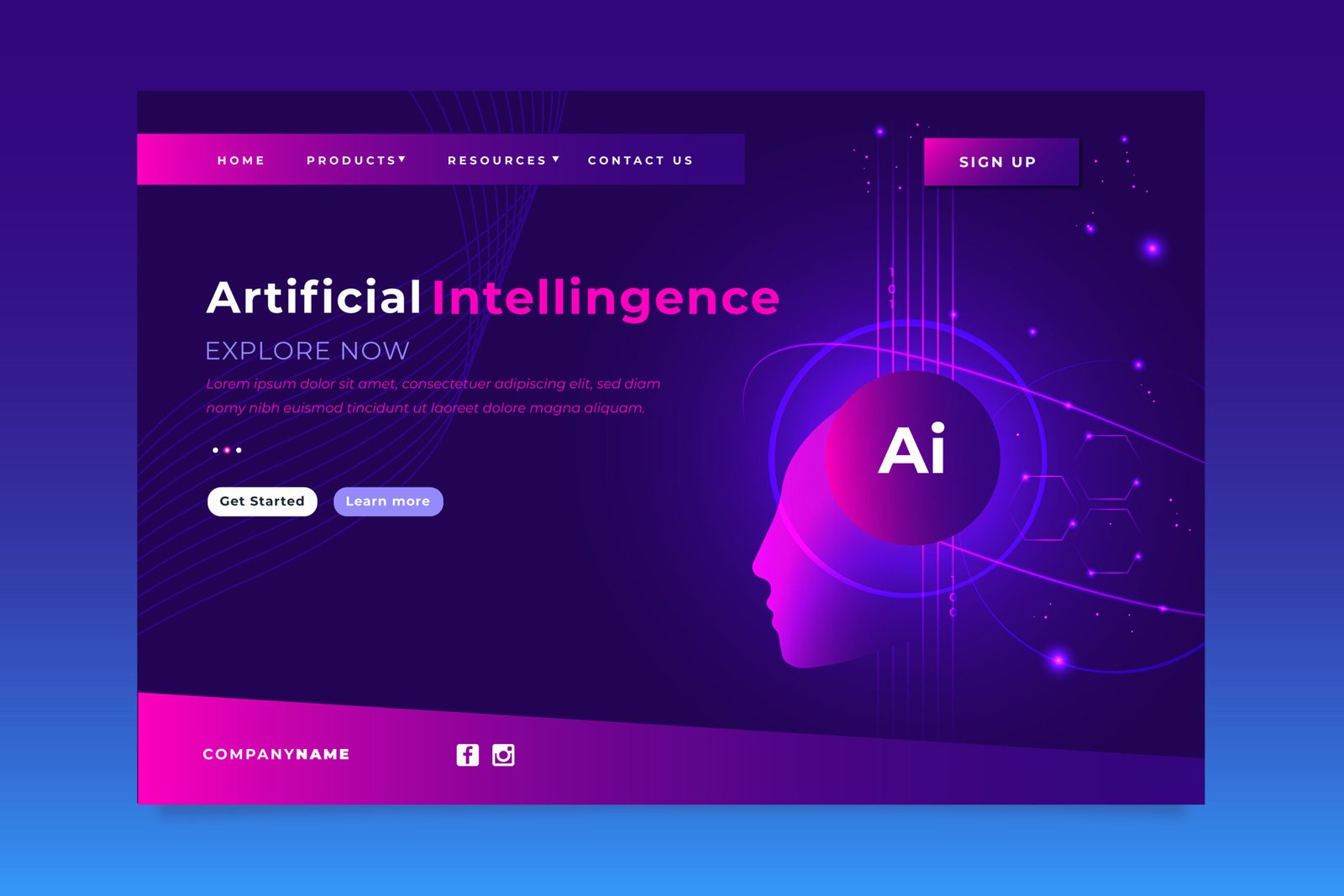Technology permeates every aspect of our lives, the terms UI (User Interface) and UX (User Experience) have become ubiquitous. Mobile apps websites software interfaces smart devices, UI/UX design play a pivotal role in shaping our interactions with technology. But what exactly do these terms entail and why are they so crucial?
What is UI/UX Design?
UI (User Interface) Design refers to the visual elements of an interface that users interact with. It encompasses everything from buttons and icons to typography and colour schemes. A well-designed UI focuses on making the interface aesthetically pleasing, intuitive and easy to use.
UX (User Experience) Design, on the other hand, deals with the overall experience of the user while interacting with a product or service. It encompasses various aspects such as usability, accessibility, performance and overall satisfaction. UX designers aim to create seamless and enjoyable experiences for users, ensuring that every interaction fulfils a specific need or goal.
The Importance of UI/UX Design
1. Enhanced User Satisfaction: A well-crafted UI/UX design can significantly enhance user satisfaction by making interactions smoother, intuitive and enjoyable. When users find an interface easy to navigate and use, they are more likely to engage with the product or service and return for future interactions.
2. Increased Engagement and Retention: Intuitive UI/UX design encourages users to explore and engage with a product or service more deeply. By providing a seamless and enjoyable experience, UI/UX design can increase user retention and encourage repeat visits, leading to improved user engagement and loyalty.
3. Boosted Conversion Rates: In the realm of e-commerce and digital marketing, UI/UX design directly impacts conversion rates. A well-designed interface can guide users through the conversion funnel smoothly, leading to higher conversion rates and ultimately, increased revenue for businesses.
4. Brand Loyalty and Advocacy: Positive user experiences foster strong emotional connections with a brand. When users have a pleasant experience interacting with a product or service, they are more likely to become loyal customers and advocates, spreading positive word-of-mouth recommendations to others.
5. Competitive Advantage: In today’s competitive market, where countless alternatives are just a click away, superior UI/UX design can be a key differentiator for businesses. An intuitive and user-friendly interface sets a product or service apart from competitors and can be a significant factor in attracting and retaining customers.
What to Learn to Create a Good UI/UX Design
1. User Research: Understand the needs, preferences, and behaviours of your target audience through user research techniques such as surveys, interviews and usability testing.
2. Information Architecture: Organize content and functionality clearly and logically to facilitate easy navigation and comprehension.
3. Wireframing and Prototyping: Create wireframes and prototypes to visualize the structure and functionality of the interface before diving into detailed design.
4. Visual Design: Master fundamental principles of graphic design, including typography, colour theory, layout and visual hierarchy, to create visually appealing interfaces.
5. Interaction Design: Design interactive elements such as buttons, forms and navigation menus to provide feedback and guidance to users during their interactions.
6. Usability Testing: Conduct usability tests to identify usability issues and gather feedback from real users, enabling iterative improvements to the UI/UX design.
7. Accessibility: Ensure that the interface is accessible to users of all abilities by adhering to accessibility standards and guidelines.
8. Continuous Learning and Iteration: Stay updated with emerging trends, technologies and user preferences and continuously iterate and improve the UI/UX design based on user feedback and analytics data.
UI/UX design is not just about creating visually appealing interfaces; it’s about crafting meaningful and delightful experiences that resonate with users. By prioritizing user needs and preferences and mastering the essential principles and techniques of UI/UX design, designers can create products and services that leave a lasting impression and drive business success in today’s digital world.








